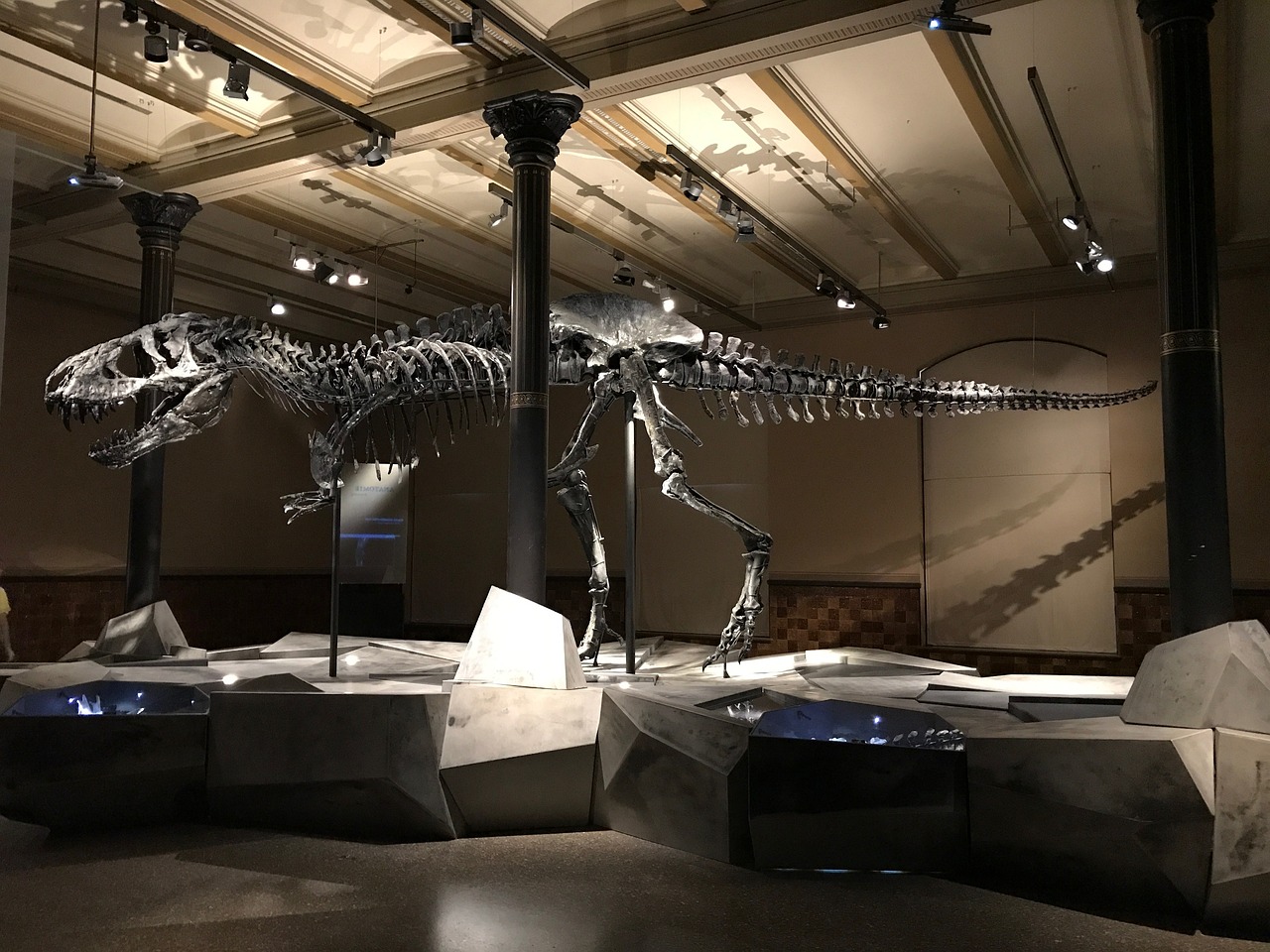Newly discovered fossils in Wyoming reveal dinosaurs roamed the northern hemisphere millions of years earlier than previously thought, challenging established theories.
Key Points at a Glance
- Rewriting History: Fossils of Ahvaytum bahndooiveche date back 230 million years, making it North America’s oldest known dinosaur.
- Laurasia Discovery: The find challenges the idea that dinosaurs originated in the southern hemisphere and migrated northward.
- Indigenous Collaboration: The species is the first to be named in the Eastern Shoshone language, honoring Indigenous contributions.
- Climate and Evolution: The dinosaur lived during a wetter period, which likely facilitated early dinosaur diversification.
Dinosaurs may have arrived in the northern hemisphere millions of years earlier than scientists once believed, according to a groundbreaking discovery in Wyoming’s Popo Agie Formation. Researchers from the University of Wisconsin-Madison identified fossils of a newly described species, Ahvaytum bahndooiveche, which is now the oldest known dinosaur from North America. Estimated to be 230 million years old, these remains challenge the dominant theory that dinosaurs first emerged in Gondwana, the southern portion of the supercontinent Pangea, before migrating to Laurasia in the north.
The analysis of the fossils, detailed in the Zoological Journal of the Linnean Society, marks a significant revision of the timeline of dinosaur evolution. Lead researcher Dave Lovelace and his team identified Ahvaytum bahndooiveche as a potential early relative of sauropods. Unlike its later, massive descendants, this dinosaur was chicken-sized, standing about one foot tall and stretching three feet in length, with a long tail. Although no skull material was recovered, related species suggest it was likely omnivorous.
The discovery highlights the impact of the Carnian pluvial episode, a period of dramatic climatic change between 234 and 232 million years ago. During this time, widespread wet conditions transformed arid deserts into lush landscapes, creating hospitable environments for early dinosaur species to thrive. Precise radioisotopic dating of the fossil-bearing rocks confirmed the dinosaur’s age, while additional evidence, including tracks in slightly older rocks, suggests that dinosaurs or their close relatives were present in the region even earlier.
This finding is significant not only for its scientific implications but also for its cultural importance. The name Ahvaytum bahndooiveche, meaning “long ago dinosaur” in the Eastern Shoshone language, honors the Indigenous communities whose ancestral lands encompass the discovery site. Tribal elders and middle school students collaborated with researchers in the naming process, fostering a reciprocal relationship that challenges traditional, one-sided research practices. Amanda LeClair-Diaz, an Eastern Shoshone and Northern Arapaho tribal member and co-author of the study, emphasized the importance of this partnership in advancing both science and cultural respect.
By rewriting the narrative of dinosaur origins, Ahvaytum bahndooiveche provides new insights into the evolution and migration of these ancient reptiles. The discovery underscores the importance of reexamining fossil records and integrating modern techniques to uncover overlooked aspects of Earth’s history. As scientists continue to piece together the story of early dinosaurs, this find demonstrates how collaboration and innovative research can reshape our understanding of the past.
